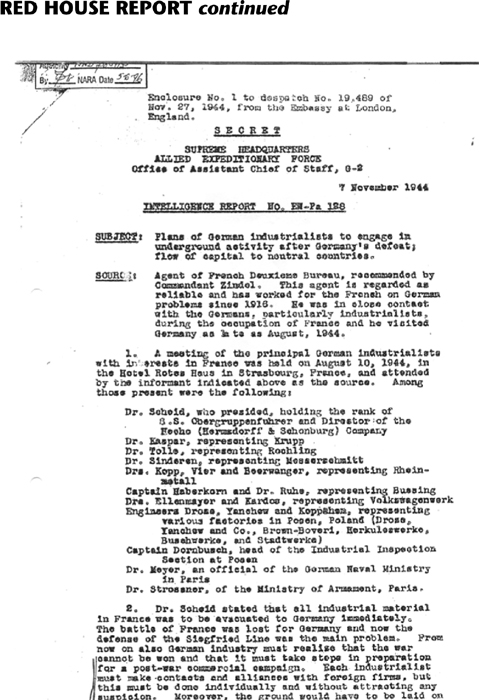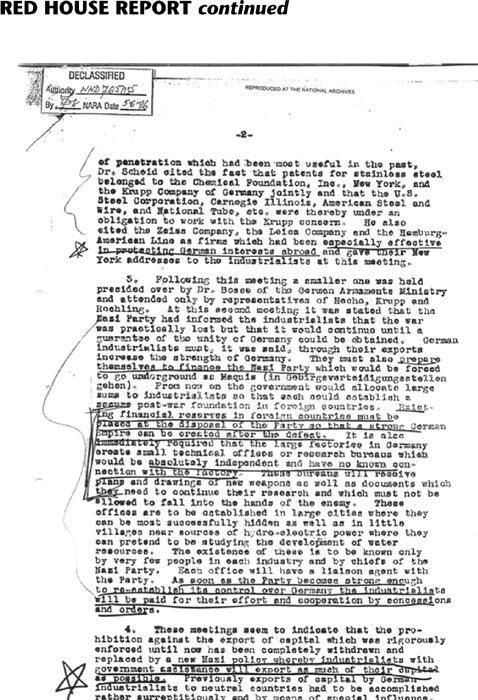The Budapest Protocol (44 page)
Read The Budapest Protocol Online
Authors: Adam LeBor

In 2005, two years after I traveled to Maria and Zita’s village, governments in central and southeastern Europe launched the Decade of Roma Inclusion, at one of Budapest’s glitzy riverside hotels. Much of Mittel-Europa’s great and good was there, including numerous prime ministers and high-ranking officials. There was plenty of grandstanding, fine speeches, and stirring declarations of the need to fight for equality and against discrimination, all of which have had little, if any practical effect. None of Hungary’s post-Communist governments have tried to meaningfully tackle the Roma’s appalling living conditions and lack of economic opportunity. In parts of eastern Hungary, Roma poverty is now so dire that some are reduced to stealing potatoes from their gardens of their neighbors, many of whom are little better off themselves.
Many Romany schoolchildren are classified as mentally handicapped, even when they are not, are segregated from their non-Romany peers and placed in separate classrooms. The hate against Roma is rising. In August 2013 a Budapest court sentenced three far-right extremists to life imprisonment without parole for murdering six Hungarian Romas between 2008 and 2009. A fourth member of the group received thirteen years for his involvement. The men said they would appeal. Among those killed were Robert Csorba and his four year old son Robika. The gunmen firebombed their house then shot them down as they fled in terror. The deaths of Robert and Robika Csorba in particular caused widespread revulsion and horror. They galvanized public opinion and thousands of mourners attended the funeral of Robika and his father, including representatives of the main political parties.
Not all of the Roma’s problems are due to external factors. Roma society has not adapted well to modernity. It is plagued by thuggish moneylenders who target poverty stricken individuals and provide loans at 100 percent interest, triggering a spiral of debt. The failure to develop a dynamic communal leadership, and social mores that in many families value early marriage and children over education and a career, are increasing the Roma’s marginalization. Many human rights workers or social activists working can recount how bright young Roma students, especially girls, are forbidden from going to college, and are married off while still in their teens.
The growing prejudice against Roma and their worsening social conditions are exacerbating a disturbing sense of disconnection from mainstream society and its laws. In the village of Olaszliszka, northern Hungary, a driver who hit a Roma girl, lightly injuring her, was dragged out of his car by a mob and beaten to death in front of his two young daughters. Understandably, hideous events like the Olaszliszka lynching cause widespread fury and disgust: both at the perpetrators and the failure of the police to protect ordinary citizens.
The beneficiaries of this are the far right in Hungary, which focuses relentlessly on what it calls “Gypsy crime.” The far-right Jobbik party won seventeen per cent of the vote in the 2010 election and is now the third largest party in the Hungarian parliament. Jobbik is even calling for the reintroduction of the Gendarmerie, the national police force that was dissolved after the Second World War. That is unlikely, but it’s increasingly clear that the dire situation of the Roma, growing racism, the worldwide economic downturn, and the Roma’s dislocation from mainstream society are all the necessary ingredients for a social explosion in the making.




Readers interested in further investigating the themes of
The Budapest Protocol
may find the following works of interest.
Bank for International Settlements, The,
The Bank for International
Settlements and the Basle Meeting.
Basle: BIS, 1980.
Barsony, Janos and Agnes Daroczi,
Pharrajimos: The Fate of the Roma
During the Holocaust
. New York: International Debate Education Association, 2008.
Black, Edwin,
IBM and the Holocaust: The Strategic Alliance between
Nazi Germany and America’s Most Powerful Corporation
. New York: Crown Publishing Group, 2001.
Borkin, Joseph,
The Crime and Punishment of I.G. Farben: The Startling
Account of the Unholy Alliance of Adolf Hitler and Germany’s Great Chemical Combine
. New York: Free Press, 1978.
Braham, Randolph L.
The Politics of Genocide: The Holocaust in
Hungary
. New York: Columbia University Press, 1981.
Fonseca, Isabel,
Bury Me Standing: The Gypsies and their Journey
. London: Vintage, 1996.
Garlinski, Jozef,
The Swiss Corridor: Espionage Networks in Switzerland
during World War II
. London: J. M. Dent & Sons 1981.
Higham, Charles,
Trading With the Enemy: An Exposé of the Nazi-American Money Plot 1933–1949
. London: Robert Hale, 1983.
Jeffreys, Diarmuid,
Hell’s Cartel: IG Farben and the Making of Hitler’s
War Machine
. London: Bloomsbury: 2008.
Laughland, John,
The Tainted Source: The Undemocratic Origins of the
European Idea
. London: Little, Brown, 1997.
Lee, Martin, A.
The Beast Reawakens: The Chilling Story of the Rise of
the Neo-Nazi Movement
. London: Little, Brown, 1997.
LeBor, Adam,
Hitler’s Secret Bankers: How Switzerland Profited from
Nazi Genocide
. London: Balazs and Schuster, 1997.
LeBor, Adam and Roger Boyes,
Surviving Hitler: Choices, Corruption
and Compromise in the Third Reich
. London: Balazs and Schuster, 2000.
Liegeois, Jean-Pierre,
Gypsies: An Illustrated History
. London: Saqi Books, 2005.
Linklater, Magnus, Isobel Hilton and Neal Ascherson.
Klaus Barbie, The Fourth Reich and the Neo-Fascist Connection
. London: Coronet Books, 1994.
Loftus, John and Mark Aarons, Mark,
The Secret War Against the Jews: How Western Espionage Betrayed the Jewish People.
New York: St Martin’s Press, 1994.
Simpson, Christopher,
The Splendid Blond Beast: Money, Law and Genocide in the Twentieth Century.
Monroe: Common Courage Press, 1995.
Radnoti, Miklos,
Foamy Sky: The Major Poems of Miklós Radnóti
. Budapest: Corvina, 2002.
Porter, Anna,
Kasztner’s Train
. London: Constable: 2008.
Szep, Erno,
The Smell of Humans: A Memoir of the Holocaust in
Hungary
. Budapest: Central European University Press, 1994.
Turner, Henry Ashby Jr.,
German Big Business and the Rise of Hitler
. Oxford: Oxford University Press, 1985.
Zsolt, Bela,
Nine Suitcases
. London: Jonathan Cape, 2004.
For the purposes of this novel I have brought forward by a month the date of the establishment of the Budapest ghetto, to November 1944. In reality, the borders of the ghetto were announced at the end of November 1944 and the territory was sealed off on December 10. The ghetto was liberated on January 18 1945 by the Soviet army. Around 100,000 Jews survived, less than half of Budapest’s pre-war Jewish population.
First published by Reportage Press in 2009
This edition published by Telegram 2013
Copyright © Adam LeBor 2013
eISBN: 978-0-84659-194-5
The right of Adam LeBor to be identified as the author of this work has been asserted by him in accordance with the Copyright, Designs and Patents Act 1988.
All rights reserved. No part of this publication may be reproduced, stored in or introduced into a retrieval system, or transmitted, in any form, or by any means (electronic, mechanical, photocopying, recording or otherwise) without the prior written permission of the publisher.
Any person who does any unauthorised act in relation to this publication may be liable to criminal prosecution and civil claims for damages.
A catalogue reference for this book is available from the British Library.
